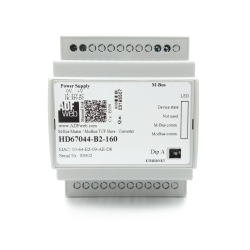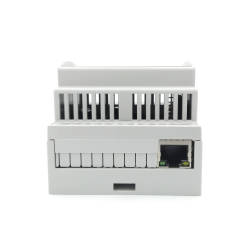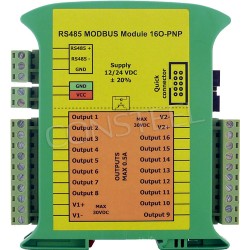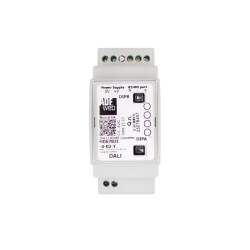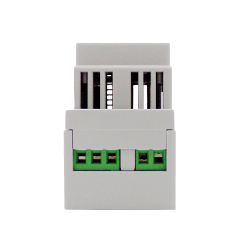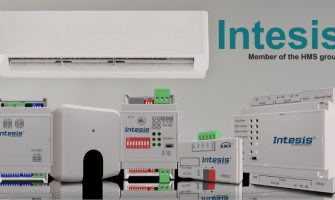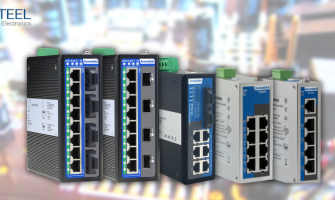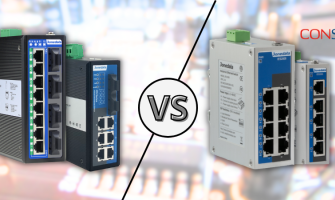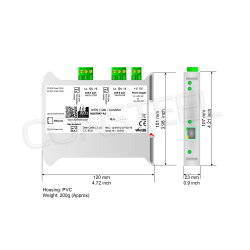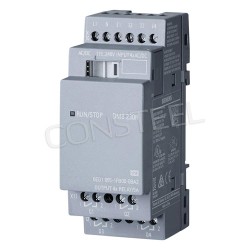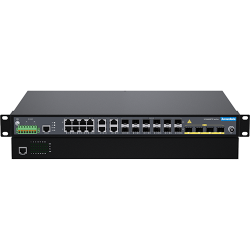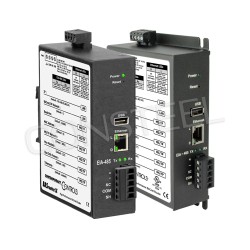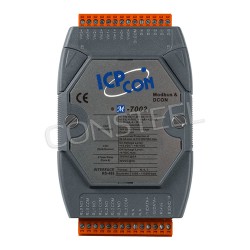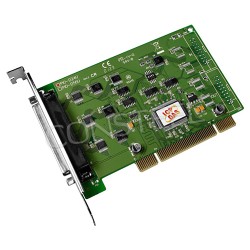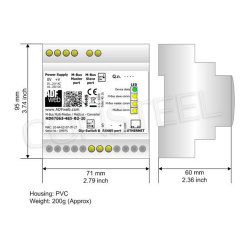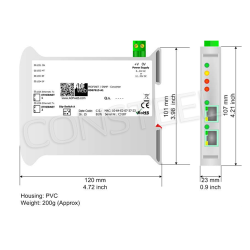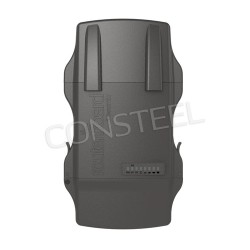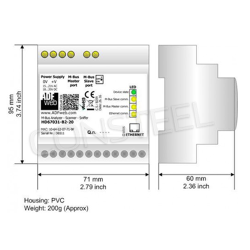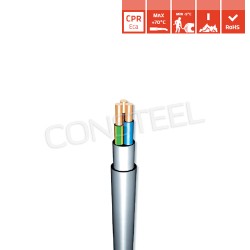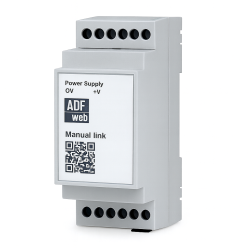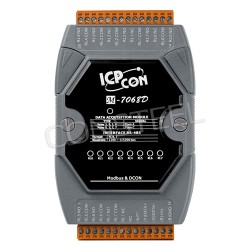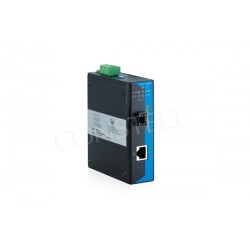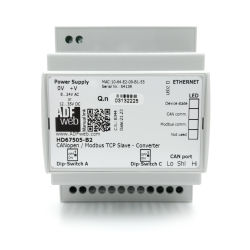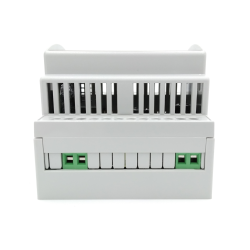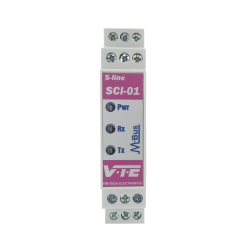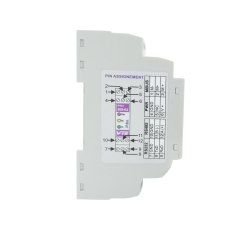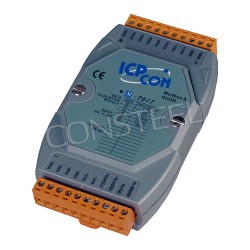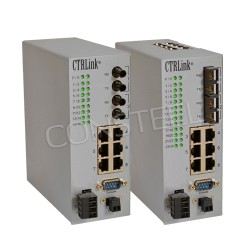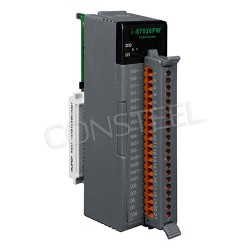What is a building management system? Benefits of a BMS

Today, one of the most important challenges for owners of office or multifamily properties is the effective day-to-day management of the building and its systems. For owners or corporations with more than a dozen properties in different locations, there will be additional logistical issues that most often lead to inefficient management, increased operating costs, and a lack of flexibility and solutions that take advantage of the latest technology solutions.
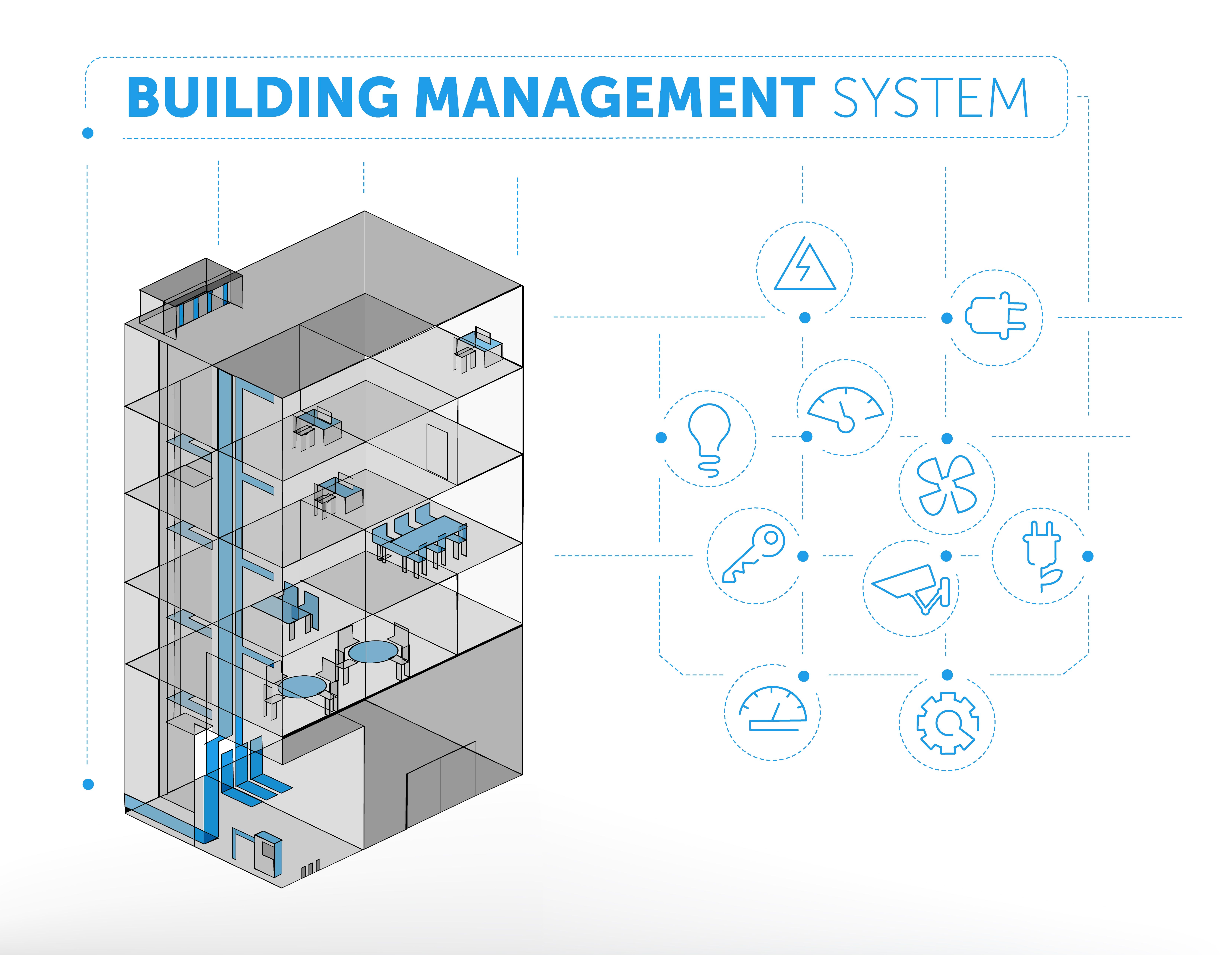
When looking at the systems that have the greatest impact on building management budget and administrative workload it is HVAC, lighting, maintenance and access control that top the list. Thanks to a thriving market from the IoT industry, enterprises now have the opportunity to use third-party vendors and integrations to get the best features and most advanced technology available. With the right technology tools in place, integrated building management software can ease the burden of managing disparate systems and pave the way for smarter, future-proof buildings. And most importantly, make it significantly easier to manage individual systems and ultimately reduce the fixed costs associated with building management and administration.
What is integrated building management BMS?
An integrated building management system (BMS) uses a combination of technology, automation, streamlining and consolidation of operations and procedures to create a smart building. A comprehensive BMS solution allows administrators to access and proactively manage all building systems through a single interface rather than separate accounts and platforms.
Since their emergence in the 1970s, building management systems (Building Management System or BMS) have gained popularity in both public buildings (hospitals, universities, airports, etc.) and private buildings (offices, factories, hotels, infrastructure). Also known as a building automation system, BMS are computer systems that control and automate mechanical, electrical and technological components of buildings, such as air conditioning, lighting, sound systems, supplies, elevators, monitoring, fire protection systems, etc.
BMS system consists of two components:
Hardware: for example, sensors, management centers, control consoles, etc.
Software: computer programs that use protocols such as C-Bus, Dali, Modbus, etc.
Similar to home automation, in the BMS sector, closed-loop solutions that provide all the hardware and software (provided by manufacturers such as Johnson Controls, Schneider, Siemens, Honeywell, etc. ) coexist with open solutions, created by interoperable hardware and software components based on open standards such as TCP-IP, Ethernet etc.
The difference is that closed solutions work only with components from one company, while open solutions allow components from several manufacturers to be combined (as long as they are compatible).
With a common view of all systems, an integrated BMS can also provide a powerful database that, when analyzed and with some adjustments, can help companies cut unnecessary costs, reduce administrative and IT burdens.
Why implement BMS building automation solutions?
There are many advantages why you should turn your building into a smart building managed by BMS systems. It's not just new buildings that can be smart, it's through open solutions that you can communicate with each other, older systems and upgrade existing ones. By introducing building automation solutions we gain a lot, but most importantly we can:
- save money related to the operation of buildings
- control energy consumption
- provide owners with a suitable environment
- ensure the sustainability of the building
- integrate all building services
- fulfill obligations under social and corporate responsibility
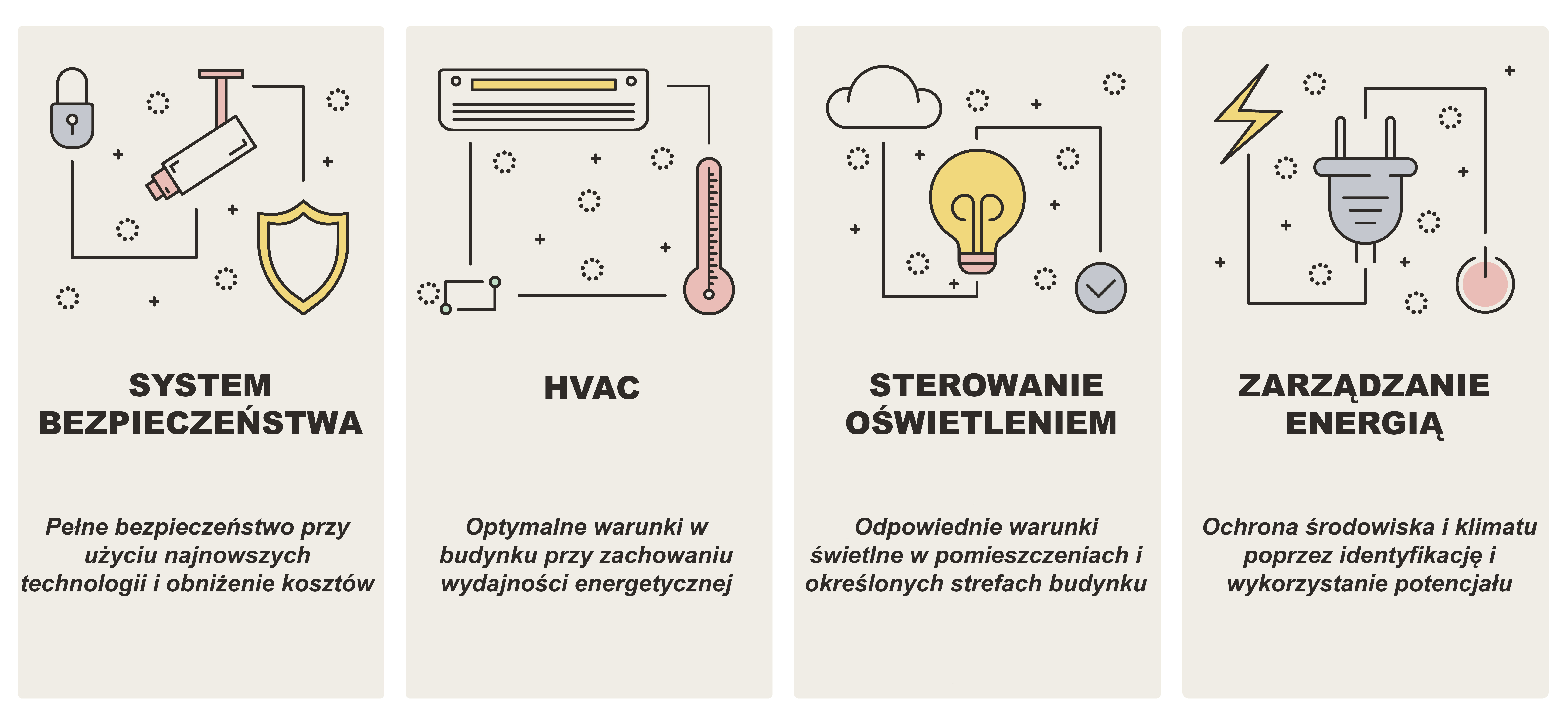
What benefits does a BMS system offer?
No matter which open or closed solution you choose, a BMS offers various benefits for which it is worth investing in upgrading or creating entirely new systems. Building automation BMS first and foremost:
- enables centralized control and supervision of all building elements
- facilitates rapid event detection for preventive maintenance
- automation of supervisory tasks increases employee productivity
- improved management increases comfort and safety for building occupants
The combination of BMS solutions with new technologies such as Big Data, machine learning and artificial intelligence allows a building to not only be easier to maintain, but to manage itself according to parameters defined by its managers and alert them only when an incident occurs or an important property management decision needs to be made.
The benefits are not only available for newly constructed buildings: with a relatively small investment, it is possible to retrofit an existing property with a BMS to transform it into a smart building. Thanks to the wide availability of, among other things, industrial converters, we have the possibility to connect and communicate two separate buses, without having to replace entire systems. But not only that, nowadays on the market we have a range of devices from various brands specializing in building automation solutions, so without much trouble you can make upgrades and manage buildings even better and more efficiently.













